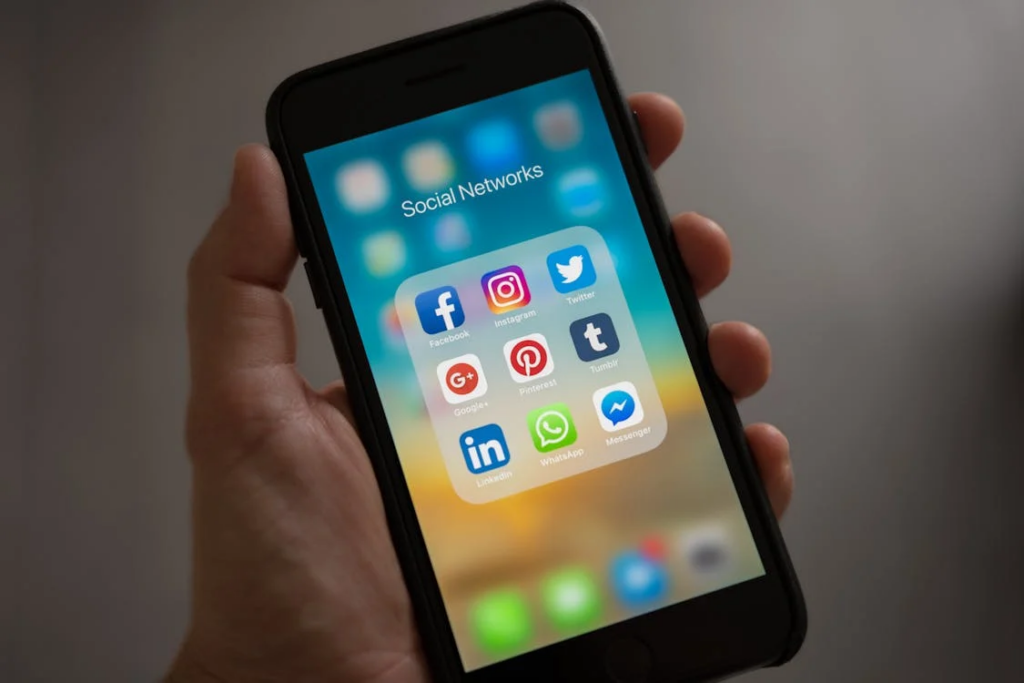Social media is an essential tool in digital marketing, offering businesses direct access to billions of consumers on platforms like Facebook, Twitter, LinkedIn, and Instagram. This reach is powerful yet challenging; brands can experience rapid growth or backlash based on their approach. A well-planned social media strategy, supported by digital marketing and monitoring tools, enables brands to maximize positive exposure while managing customer concerns effectively.
What Is Social Media Monitoring?
Social media monitoring tracks online conversations about your brand, products, industry, or competitors in real time. This insight helps gauge public sentiment, measure campaign impact, and refine strategies. Unlike basic engagement, monitoring provides a deeper understanding, guiding brands’ online presence.
Key Components Of Social Media Monitoring
– Social media listening: Analyzes tone and sentiment to understand public perception.
– Social media analytics: Tracks mentions, shares, and engagement data.
– Social media intelligence: Uses analytics to drive strategic insights.
– Social media management: Oversees daily posting and engagement.
Together, these practices enable brands to monitor sentiment, track engagement trends, and adjust messaging strategically.
Social Media Monitoring Ideal Practices And Strategies For 2024
As brands aim to strengthen their online reputation, an effective social media monitoring strategy is critical. Here are the best practices to adopt in 2024 for maximizing social media monitoring efforts.
Understand Your Audience
Start your monitoring strategy by deeply understanding your audience. Use tools that provide demographic insights like age, gender, and location to segment your audience by engagement and relevance. This way, you can focus your monitoring on the most active, relevant segments to improve accuracy and save resources.
Analyzing competitor audiences can reveal new target segments and effective messaging approaches. Platforms like Facebook, Instagram, and Twitter offer business insights with valuable follower data to guide your social media monitoring efforts.
Track Brand Mentions
Monitoring brand mentions is crucial for managing your online reputation. This includes direct links and indirect references. While tagged mentions are easy to track, many users may discuss your brand without tagging it. Social listening tools can help capture these untagged mentions. Also, track common misspellings or abbreviations of your brand name and products, especially if they are complex or unique.
If your brand operates internationally, track mentions in various languages to gather insights from all markets.
Monitor Industry-related Terms
Monitoring terms related to your industry—but not directly tied to your brand—broadens your understanding of conversations within your target market. For instance, if you sell athletic wear, tracking terms like “sportswear” or “running shoes” can reveal customer interests.

`Non-branded keywords also provide insight into trends and consumer preferences, helping you align promotions with popular topics.
Track Branded Hashtags
Branded hashtags can boost visibility and engagement around campaigns. Monitor your branded hashtags’ usage and engagement levels to measure campaign success. For events or launches, tracking campaign-specific hashtags provides insight into audience interest and engagement. Remember, not all customers use branded hashtags, so continue monitoring general mentions for a complete campaign impact assessment.
Identify Relevant Influencers
Influencer marketing is a powerful channel for accessing new audiences. Recognize influencers that are relevant to your brand and tap into their audience to increase your audience size. Social media monitoring tools like Sprinklr make influencer identification easy by analyzing engagement, number of followers, and posting frequency. Checking user influencers and competitors across time can also reveal future partners for future campaigns.
Don’t Overemphasize Longtail Keywords
Longtail keywords can narrow down search results but may limit your monitoring scope due to phrase variations. Although useful, relying too heavily on longtail keywords can result in missed discussions. Instead, prioritize general keywords and use longtail keywords as a supplement, especially for large data sets.
Engage With Your Customers
Social media monitoring allows for genuine, personalized customer engagement. By observing how your audience communicates and the issues they care about, you can tailor responses to build stronger connections. Engaging with followers through comments, reactions, or interactive posts fosters loyalty and offers insights for product or service improvements.
Observe Competitors
The tracking of competitors’ social media plans gives us some idea of their successes and failures. Monitor their brand mentions, branded hashtags, and influencer relationships to determine what connects with their target audience. Positive reinforcement of their strategies motivates similar strategies for your brand, while negative reinforcement provides insight on what to avoid.
Use a Unified Inbox
A single inbox brings all customer interactions from different channels into one single display, enabling faster response rates, and guaranteeing no interaction is ever missed. It’s not always easy to respond quickly across many different platforms, and many consumers expect to be responding quickly.

A common inbox enables your team to respond quickly, while a social media automation tool can help automate replies to routine requests.
Conclusion
Social media is a must for digital marketing in 2024. By using effective social media monitoring, brands could monitor and respond to audience emotions in real-time and thereby create a positive image of the brand and generate sustained growth. Knowing your audience, using the main keywords, tracking competitors, and using the innovative tools of social media can make your brand a more reactive, communicative, and, in the end, efficient social media strategy.



